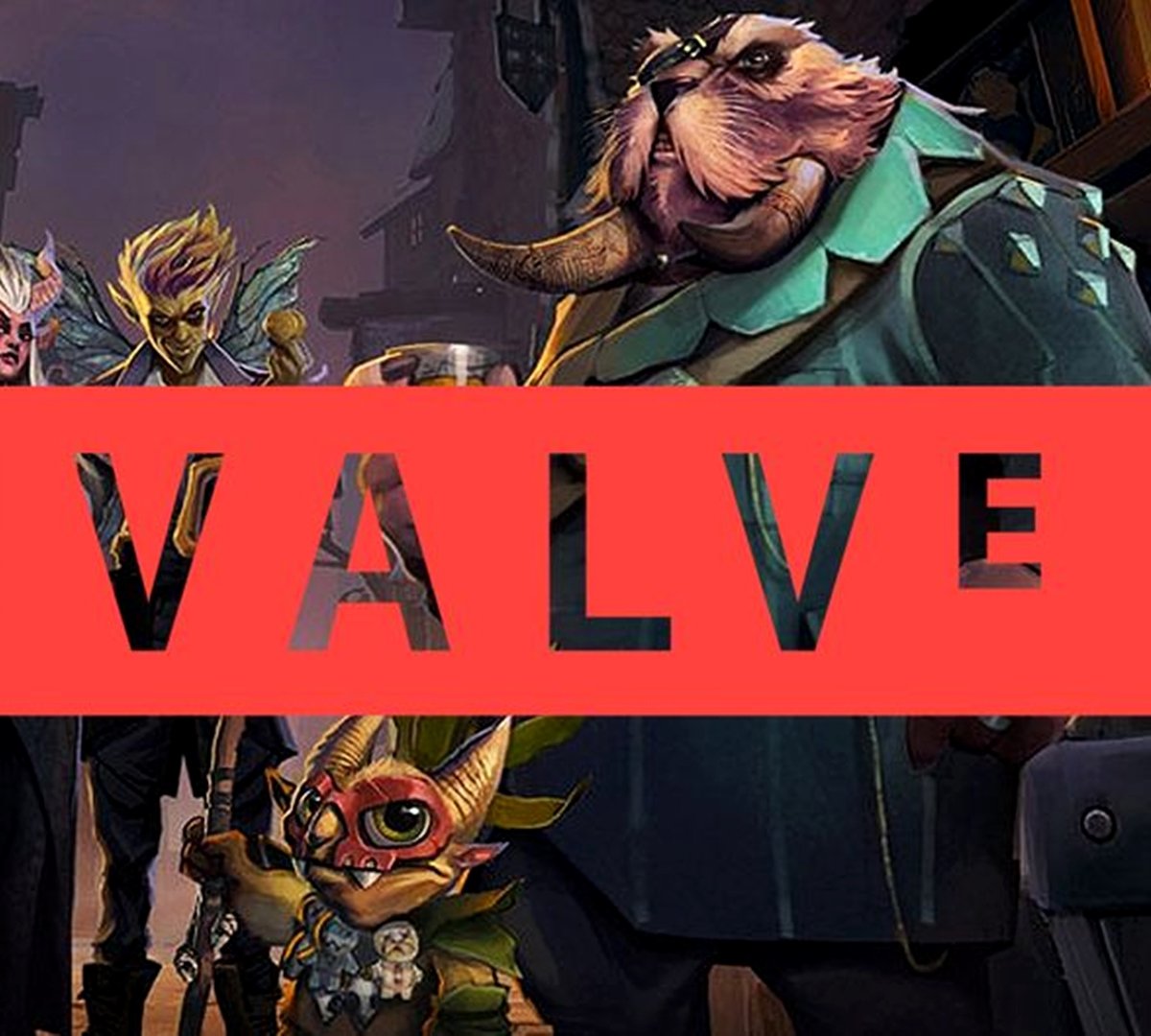#pros #cons #investing #gold
Gold is on the rise again. Even between central banks. They are increasing their gold reserves like never before. According to economist Dominik Stroukal, it makes sense to buy bullion, coins or jewelry even for ordinary people.
Last year, over a thousand tons were added to the safes of central banks around the world of gold. Among the record holders was i Czech National Bank. In the third quarter of last year, it was even the fifth largest buyer of gold among central banks in the world. It currently holds 31 tons of gold.
Governor Ales Michl pledged that he would like to have even 100 tons of gold in the CNB vaults within five years, which would be the most in history. “Our governor wants to diversify, he doesn’t really aim for profit. The Central Bank is thereby trying to increase the credibility of that institution. However, this does not mean that our money is backed by gold, that one can go there for the gold,” the economist explains the motive of the Czech “gold rush” Dominik Stroukal.
“In terms of volume, it’s only a few percent, the 31 tons of gold we have there today is not such a large item compared to the almost four trillion crowns we had there, especially in euros bought after foreign exchange interventions, after exchange rate commitments,” said the economist in the Ve váta podcast.
Czechs and gold: Every tenth person has a gold coin at home
The gold rush also affected small savers and retail investors, although their share of traded volumes is small. Therefore, according to a survey by the STEM/MARK agency for the Czech Mint, roughly one in six Czechs invested in gold, and one in ten has a gold coin or brick at home. “We are conservative when it comes to investments, we can see it in the attitude of the Czechs to real estate. What’s at home counts. In addition, the gold business has also taken off here,” Stroukal is looking for reasons.
For the sake of diversification, gold also belongs to the regular portfolio, but it should make up no more than 10 percent. “If people can do it, why not. We all have a different story, a different relationship to risk, and something else makes sense to us. I like to make my daughter or wife happy with gold jewelry. But I know I don’t need to turn it into cash right away. Rather, I’m transferring my gold treasure to the next generation,” Stroukal points out that gold cannot be sold as easily as shares, for example.
Gold is traditionally considered a store of value, but it is also volatile and its price reacts sensitively to all international crises. It is currently oscillating again around the historical high. One troy ounce (31.3 g of gold) is traded for 2,300 dollars, or roughly 54,000 crowns. Ten years ago it cost $1,300.
The price can go even higher, according to Stroukal, an economist from the Metropolitan University of Prague. “Because Putin, because Hamas, because it looks like high interest rates for a longer period of time, because Trump can win the election in America. There are a lot of wild things going on around us.”
And it is precisely in times of high risk that people traditionally resort to gold. According to Stroukal, it works well as an insurance policy. “I’m relatively a fan of gold. But I understand it more as insurance or savings than as an investment. I don’t expect from it what I expect from stocks,” says the economist.
“Gold is a Collective Disillusionment”
Metal does not produce any added value like companies whose shares we can buy. “It has no income, no rent, no interest, no dividends. But if there is a demand for something and the supply is not endless, then it has value. Much of it comes from thinking that others also rate it as rare. It’s such a collective disillusionment. As with art, bitcoin,” Stroukal thinks.
American economist Jeremy Siegel compared the performance of individual asset classes on the American market between 1802 and 2006. Stocks won “by a boatload”. Gold finished as the second least profitable asset after cash. The annual appreciation averaged just 0.33 percent.
It was able to beat inflation, but its value only doubled in 204 years (after adjusting for inflation). In contrast, stocks, with their real return of 6.8 percent per year, have managed to double their value on average roughly every 10 years.
“If we looked at it after the abandonment of the gold standard, after the Nixon shock in 1971, it would have turned out significantly better. But it is true that gold has no yield over long time series. Short bonds or real estate won’t do much in the long run either, but it works out quite well in the shorter term,” says Stroukal.
Photo: List of News
Podcast of journalist Markéta Bidrmanová and her guests from the ranks of investors and experts. Hear specific advice on investments, inflation, loans or mortgages. A financial “pocket” for everyone whose money is not stolen. A new episode every Thursday on Seznam Správách.











